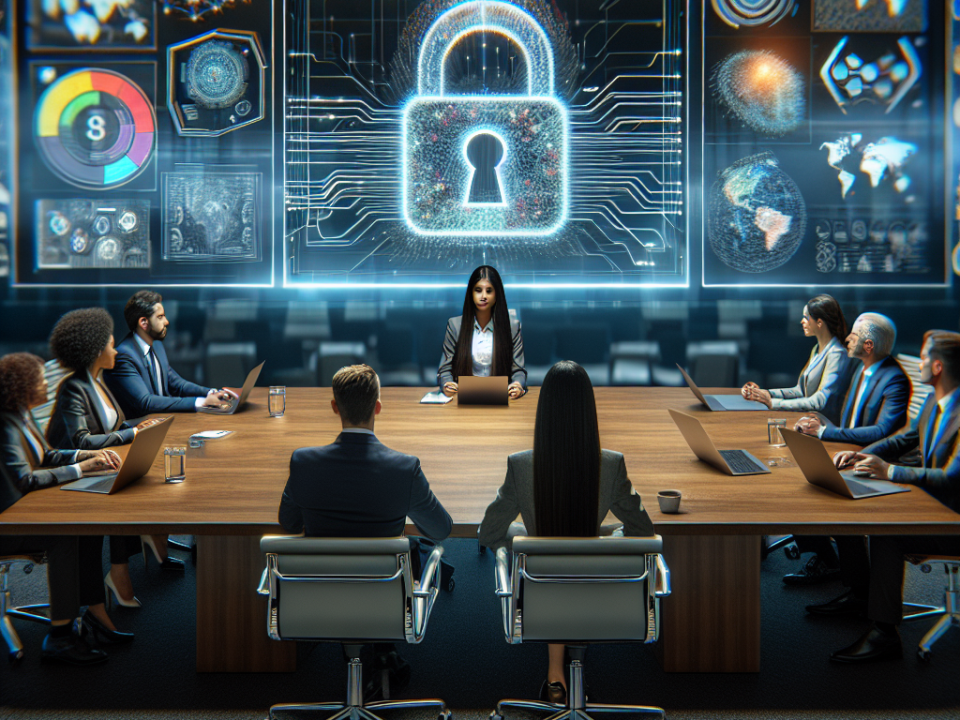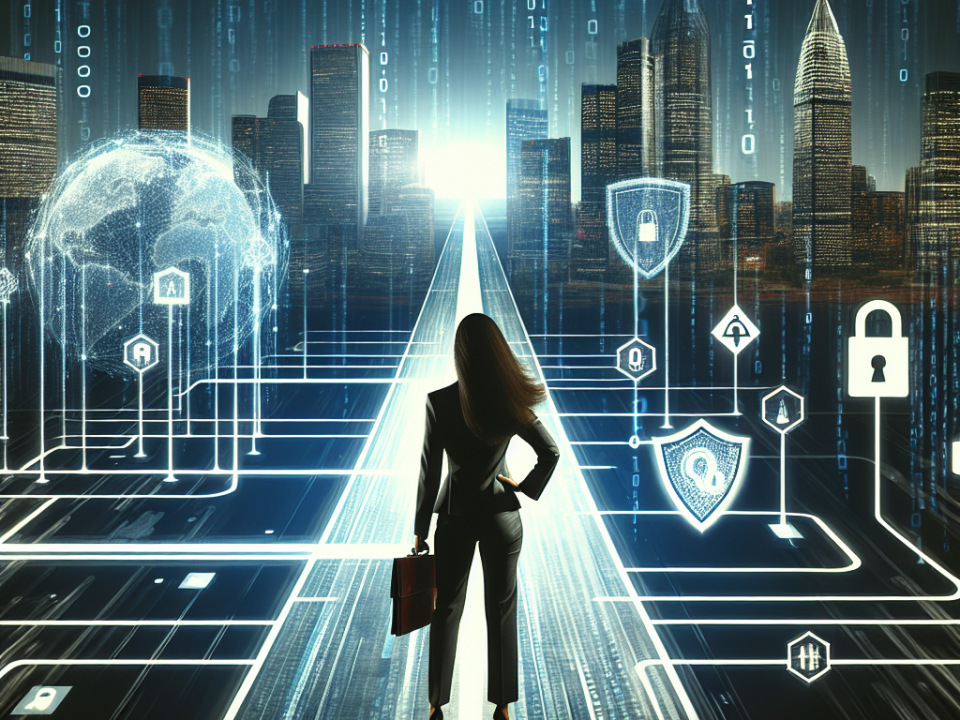
Building a Culture of Security Compliance: Strategies for Success
July 23, 2025
Security Compliance and Risk Management: A Critical Partnership
July 24, 2025
As we advance deeper into the digital age, the landscape of cybersecurity continues to shift dramatically. With technological innovation sprinting forward, the challenges that organizations and individuals will face by 2030 are evolving at an unprecedented pace. To remain secure in this dynamic environment, unlocking resilience becomes key.
Understanding the Landscape
The Rise of IoT and Smart Devices
By 2030, the Internet of Things (IoT) is projected to encompass billions of smart devices, ranging from home appliances to autonomous vehicles. Each connected device presents potential vulnerabilities; thus, the interconnectivity increases the attack surface for cybercriminals. As devices become more integrated into our daily lives, the consequences of security lapses can be profound—extending beyond data breaches to physical safety concerns.
Advanced Cyber Threats
The sophistication of cyber threats is expected to soar. Cybercriminals will leverage artificial intelligence (AI) and machine learning to create more complex attacks, such as advanced persistent threats (APTs) that can adapt and evolve in real-time. By 2030, organizations must prepare for multi-layered threats that can bypass traditional security measures.
Regulatory Landscape
In response to the increasing threat landscape, governments worldwide are likely to implement stricter regulatory frameworks surrounding data privacy and cybersecurity. Compliance will require not only upgrading technical defenses but also fostering a culture of security awareness within organizations.
Key Components of Resilience
1. Proactive Security Measures
Rather than relying solely on reactive solutions, organizations must adopt a proactive stance. This involves:
- Regular Risk Assessments: Frequently evaluating vulnerabilities within the organization’s network and infrastructure.
- Threat Intelligence: Utilizing threat intelligence sharing to stay ahead of emerging threats.
- Zero Trust Architectures: Implementing a Zero Trust model whereby trust is never assumed, and every access request is verified.
2. Robust Incident Response Plans
Preparation for inevitable breaches is crucial. Organizations should develop and regularly update robust incident response plans that include:
- Clear Protocols: Defined roles and responsibilities for internal teams during a cyber incident.
- Regular Drills: Conducting simulation exercises to ensure readiness and efficiency when real incidents occur.
- Post-Incident Reviews: Learning from incidents to strengthen future responses.
3. Employee Training and Awareness
Humans often represent the weakest link in the cybersecurity chain. Organizations must invest in regular training to cultivate a culture of security awareness among employees. This includes:
- Phishing Simulations: Regular drills to help employees recognize and respond appropriately to phishing attempts.
- Ongoing Education: Providing access to resources about the latest threats and cybersecurity best practices.
4. Collaboration Across Sectors
Cybersecurity is a collective challenge that transcends organizational boundaries. By 2030, organizations must engage in collaborative initiatives:
- Public-Private Partnerships: Work alongside government entities to bolster national security efforts.
- Industry Alliances: Form partnerships within industries to share knowledge, tools, and resources to combat common threats.
- Community Engagement: Participate in outreach programs to promote cybersecurity awareness within communities.
Embracing Emerging Technologies
To combat the advanced cyber threats expected by 2030, organizations should leverage emerging technologies:
1. AI and Machine Learning
AI can play a dual role in cybersecurity—enhancing defenses and enabling threats. Organizations can use AI to:
- Automate Threat Detection: Quickly identify anomalies in network behavior.
- Improve Authentication: Use AI-driven biometric solutions for access control.
2. Blockchain Technology
Blockchain promises a new paradigm for secure transactions and data storage. The decentralized nature of blockchain can mitigate risks associated with data tampering and fraud.
3. Cloud Security Solutions
As more organizations migrate to the cloud, a comprehensive cloud security framework will be essential. Employing security tools specific to cloud environments can help safeguard data integrity.
Conclusion
The cybersecurity challenges of 2030 will demand resilience across all levels of society—from individuals to global enterprises. By adopting proactive measures, strengthening incident response capabilities, training employees, fostering collaboration, and embracing emerging technologies, we can build a more secure future. As we approach 2030, organizations must unlock their resilience, not only to survive the threats that lie ahead but to thrive in an increasingly interconnected world. The question is no longer whether organizations will face cyber threats, but rather how well they will prepare for and respond to them.







